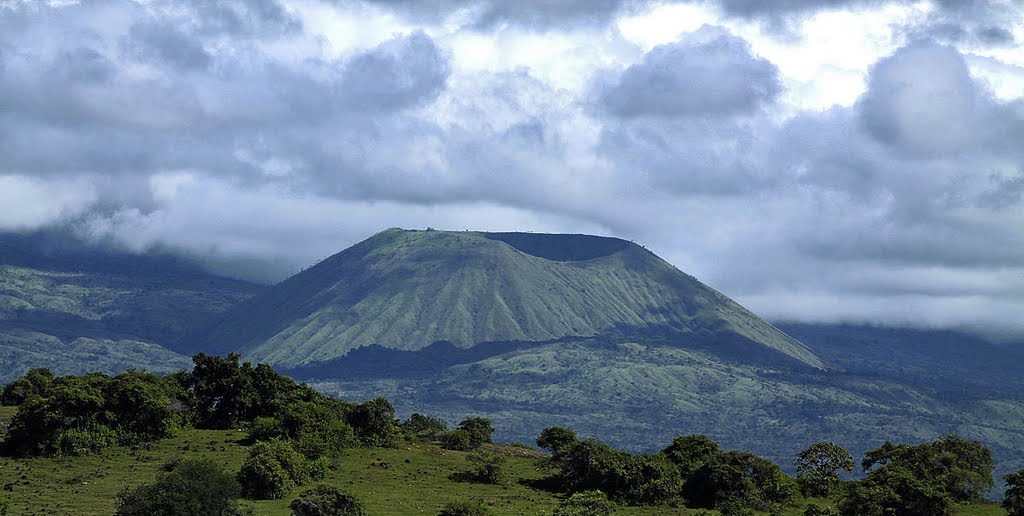Throughout this semester we have discussed the blurred lines between spectacle disasters and slow disasters in depth. Tambora is yet another example of why it is so difficult to distinguish between the two. This is partially because it is extremely hard to define when the beginning and end of any given disaster occurred. While Tambora would seem to be a spectacle due to the immensity and speed of the eruption; however, as I have discussed, the Tambora disaster really begins nearly four years before its actual eruption and ends decades later. In light of this, what Tambora exhibits more clearly than most other disasters is that it is the secondary effects, and the reactions of humans that disasters elicit, often have more of an impact than the primary effects of the disaster itself.
Additionally, in contradiction to what I hypothesized when beginning my research, differential effects are incredibly important in a discussion of Tambora, especially considering the secondary effects due to famine, weather, and disease, but also in the immediate wake of the eruption. Although the volcano was indiscriminate in terms of what land it destroyed, the layout of Sumbawa happened to have the wealthy port city of Bima located farthest from Tambora, and the poorer farming regions of the island located nearest. Although geographically it makes sense to use the rich soil of any volcano for farming, it also places the lower class of people nearer to the riskiest area of land. Furthermore, only those with access to boats had a chance to flee Sumbawa and nearby islands such as Java and Bali. While the death rate was high for any citizen in the area throughout the volcanic fallout, it was particularly high for those who had no choice but to remain on the island. One month after the eruption, beaches were reportedly littered with children’s bodies as if they were birds, simply because families who could not afford to eat would abandon their children in a last ditch effort. Others, with more access to markets, sold their kids into slavery. This was not a problem even remotely experienced by the wealthy, as if they survived the explosion they still had the means to provide food and shelter for their families.
Differential effects are especially prevalent in discussion of the pandemics that emerged in the wake of Tambora’s eruption. As previously mentioned, a famine does not entail the complete lack of food. Generally, in a famine, the wealthy are able to maintain the same eating habits because they can afford to pay the exorbitant prices for food then exist during supply shortages. The poor, however, cannot afford to pay that price, and are also amongst the people who are more likely to be laid off in times of financial hardship and decreasing profits. This was exactly the case in Europe following the eruption of Tambora. While harvests failed and prices rose the average citizen was laid off and left hungry. The increase in Beggars during this period of time allowed for Typhus, which is spread through lice, to be able to jump amongst the lower class incredibly quickly. The most transparent aspect of this that exposes the extent to which differential effects existed is that in most areas there were no administrative responses until the plague found its way to the wealthy class.
As a whole, Tambora is an incredibly interesting disaster to analyze because of the fact that it synthesizes so many aspects of disaster studies. It has elements of spectacle disasters and slow disasters, local effects and global effects, and environmental and human consequences. Additionally, it was the first modern look into an isolated instance of climate change and became the basis for later studies that would be conducted in the 1850’s and onwards. Even to this day it remains a potential source of further scientific and academic research, and still has the possibility to unveil archeological goldmines similar to Pompeii. For that reason, understanding the effects of this disaster is a particularly important task, because even though Tambora erupted over 200 years ago it still has the potential to reveal lost civilizations, cultures, and an even a greater knowledge of the world we live in.
